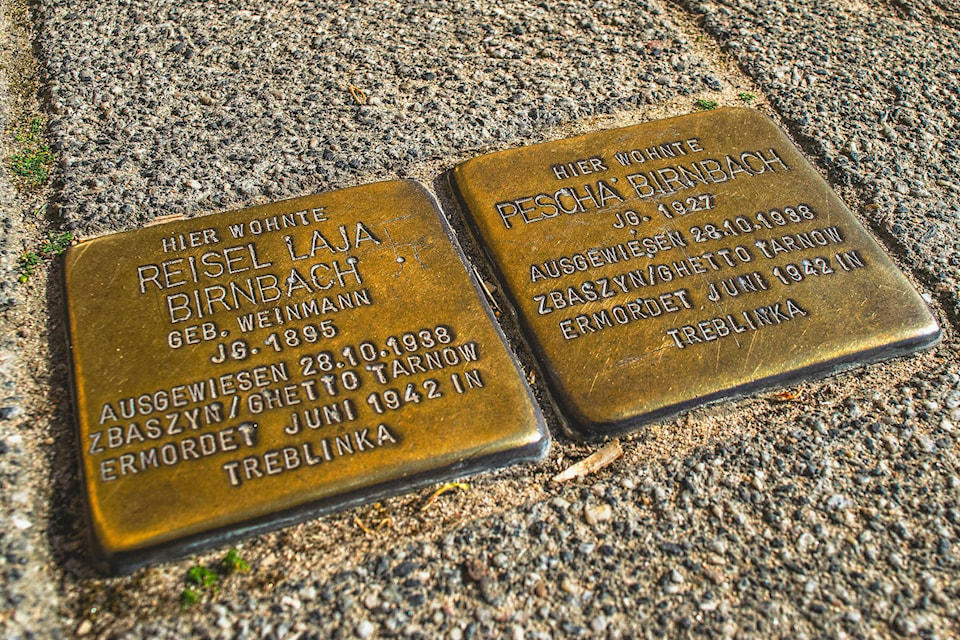Saturday, May 8, is the 76th anniversary of the unconditional surrender of Nazi Germany, which ended the Second World War in Europe.
On that day in 1945, Karl Dönitz, the head of Germany, signed the surrender. (Adolf Hitler, the leader of Germany since 1933, had died by suicide just days earlier, on April 30, 1945.)
Within weeks of the surrender, Nazi Germany ceased to exist and a terrible era in world history was over.
But somehow, in the years that followed, the worst elements of the deadliest, most destructive war in human history have become a comparison for anyone or anything someone dislikes.
Godwin’s Law, an internet adage coined by American attorney Mike Godwin in 1990, states that in any online discussion, sooner or later, someone will compare a person or a trend to Adolf Hitler, fascism or Nazi Germany during the Second World War.
Sadly, this trend seems to be happening faster and more frequently than in the past.
I’ve heard and seen the Nazi comparisons made about COVID-19 restrictions, public safety policies and more. World leaders, elected officials and supporters of certain political parties have too often been compared to Hitler or his supporters, even when their ideologies are far from that of Nazi Germany.
On more than a few occasions, disgruntled workers refer to a disliked manager or supervisor as Hitler. I’ve even heard someone compare a dissatisfying vacation experience to Auschwitz, the most infamous of all Nazi death camps.
Last week, in a two-day period, I heard Nazi analogies used twice, both about topics that had no connection to the Second World War.
This is unacceptable.
More than 100 million people from more than 30 countries fought in the six-year war.
Between 70 and 85 million civilian and military casualties resulted.
An estimated 17 million people – a number far greater than the entire population of Canada at the time – were killed in Nazi death camps. These included around six million Jews as well as millions of Roma, people with disabilities, communists, socialists, Jehovah’s Witnesses and homosexuals. Anti-Semitism and a eugenics policy were among the factors in this destruction. These people were killed because of who they were, not because of what they had done.
Comparing an employer or a political leader to Hitler is extremely unfair, as is comparing a social policy to an aspect of the fascist dictatorship which existed in Germany from 1933 to 1945.
There have been some cruel dictators in the years following the Second World War, but none have come close to unleashing the level of destruction and hate seen during the era of Nazi Germany.
Making such a comparison shows ignorance of this terrible period of history. It must not be used as a metaphor to describe a person or policy one happens to dislike.
Doing so trivializes the suffering and the deaths resulting from this brutal ideology.
Such comparisons also show a lack of compassion for those who died in battle, those who were killed or those who survived imprisonment in Nazi concentration camps.
Comparing people to Hitler and policies to Nazi ideology benefits nobody. It only serves to downplay the seriousness of the war.
John Arendt is the editor of the Summerland Review.



